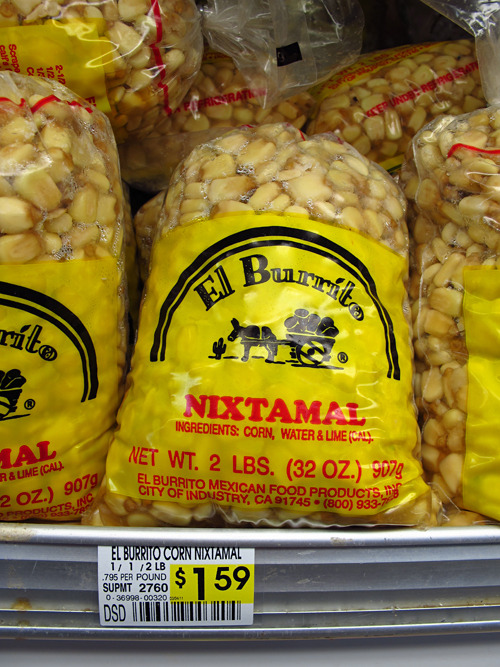Often a line is drawn between “Western” or European ways of
thinking and more traditional, sometimes “primitive” ways of thinking. For
example, in the European cultures that were exploring and colonizing America
from the fifteenth century onward, knowledge was stored and transferred through
writing. In most Native American cultures of the time, however, there were no
forms of writing. How, then, were they sharing their knowledge and building
upon it?
Though native cultures did not necessarily write down what
they learned, they did have a very strong oral tradition. It is recognized that
stories could be passed down by generations with only minor alterations, and
that these stories formed the basis of spirituality; but what is less
recognized, it seems, is the knowledge these stories brought with them,
especially about revered subjects – say, animals, or maize. Stories tell, for instance,
the proper ways to use and dispose of hunted animals, and to keep a balance in
hunting certain species.¹ There are also many stories about maize and its
importance in creation and sustenance of people.² These stories and this reverence
for maize may have led people to take care in the ways they planted and
processed corn, adhering to ancient traditions as they did when hunting sacred
animals.
The use of many plants, not only maize, was integral to many Native American cultures.³ It has been seen that when tribes were forced to move as colonies and later the U.S. expanded, Native Americans were quickly able to identify useful plants in their new surroundings. They did this
especially through talking to local tribes and finding plants that looked similar to plants they knew (and usually were in the same family).⁴ This adaptability and quick response to the surrounding environment has been noted in many other studies of native use of changing resources as well – for example, fluctuating levels of salmon.⁵
When a culture centers on being in tune with the environment, placing environmental elements like plants and animals on the same level as humans, it follows that the people are very sensitive to their effects on the environment, as well as its effects on them. If native people became
sick, for example, they would quickly look to an environmental cause and change
their ways according to what they believe is the answer. This is not to say that they knew what the true cause was, but that they looked for causes in the environment and their interactions with it. This differs from cultures which place themselves above nature and tend to look for other causes of disease or ill-health before environmental effects. Many European cultures at the time,
for example, attributed disease to the wrath of God or, later, to socioeconomic
status. Because Native American cultures focused on living with the environment, they were prepared to respond to environmental damages, such as nutritional deficiency, in a way that alleviated the cause rather than attempting to subjugate it or redirect it.
1. Dave Aftademilian, "Toward a Native
American Theology of Animals: Creek and Cherokee Perspectives," Cross
Currents 61 (2011): 191-207. Accessed at
http://web.ebscohost.com/ehost/detail?sid=071cbf78-aa8e-4272-8165-2e2019be8bfd%40sessionmgr104&vid=3&hid=122&bdata=JnNpdGU9ZWhvc3QtbGl2ZQ%3d%3d#db=aph&AN=609758432. Linda S Cordell, “Archaeological Corn from
Pueblo Bonito, Chaco Canyon, New Mexico: Dates, Contexts, Sources.”
3. Maurizio G. Paoletti, et al, "Edible and Tended Wild Plants,
Traditional Ecological Knowledge and Agroecology," Critical Reviews In
Plant Sciences 30 (2011): 198-225. Accessed at:
http://web.ebscohost.com/ehost/detail?sid=40567e1b-5f12-44b3-878fad9a39cb55c2%40sessionmgr114&vid=1&hid=122&bdata=JnNpdGU9ZWhvc3QtbGl2ZQ%3d%3d#db=aph&AN=602941144. R. Alfred Vick, "Cherokee Adaptation to the Landscape of the West
and Overcoming the Loss of Culturally Significant Plants," American
Indian Quarterly 35 (2011): 394-417. Accessed at:
http://web.ebscohost.com/ehost/detail?sid=01ee90dd-8a68-4c4b-9b16-f3cab5387225%40sessionmgr115&vid=1&hid=122&bdata=JnNpdGU9ZWhvc3QtbGl2ZQ%3d%3d#db=aph&AN=631546785. Benedict J Colombi, “Salmon and the Adaptive Capacity of Nimiipuu (Nez
Perce) Culture to Cope with Change,” The
American Indian Quarterly, 36 (2012): 75-97. Accessed at
http://muse.jhu.edu.ezproxy.westminstercollege.edu/journals/american_indian_quarterly/v036/36.1.colombi.html






